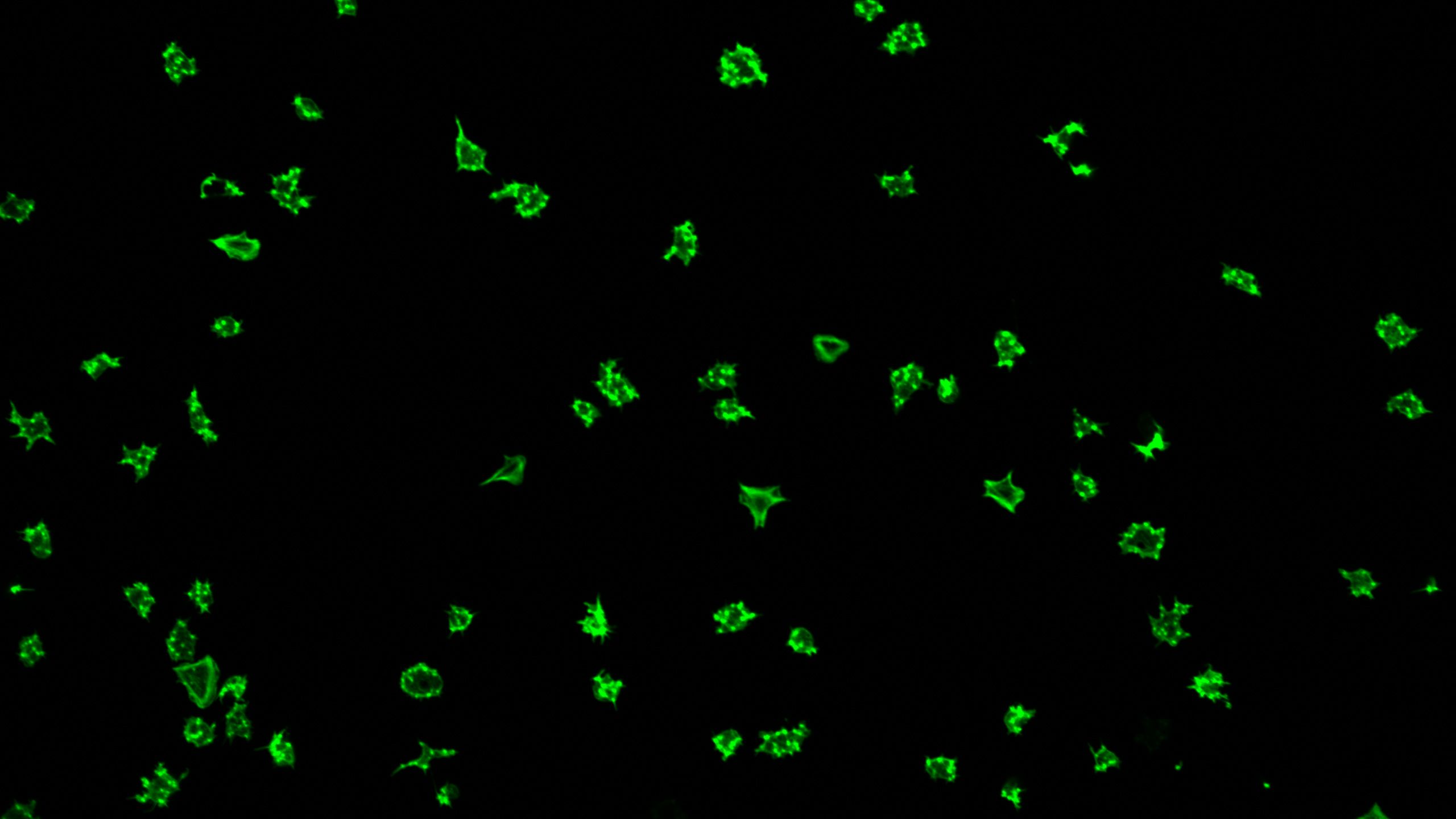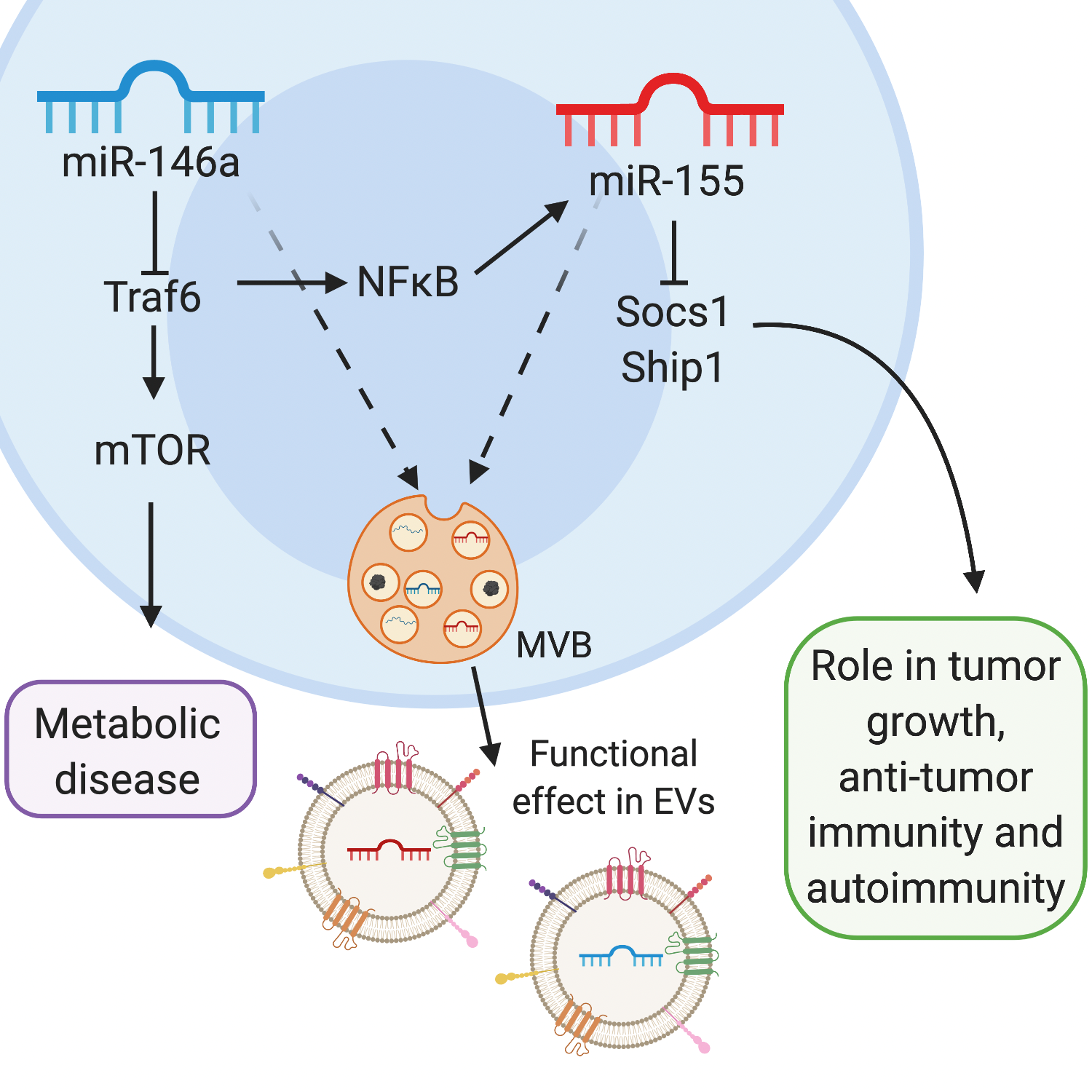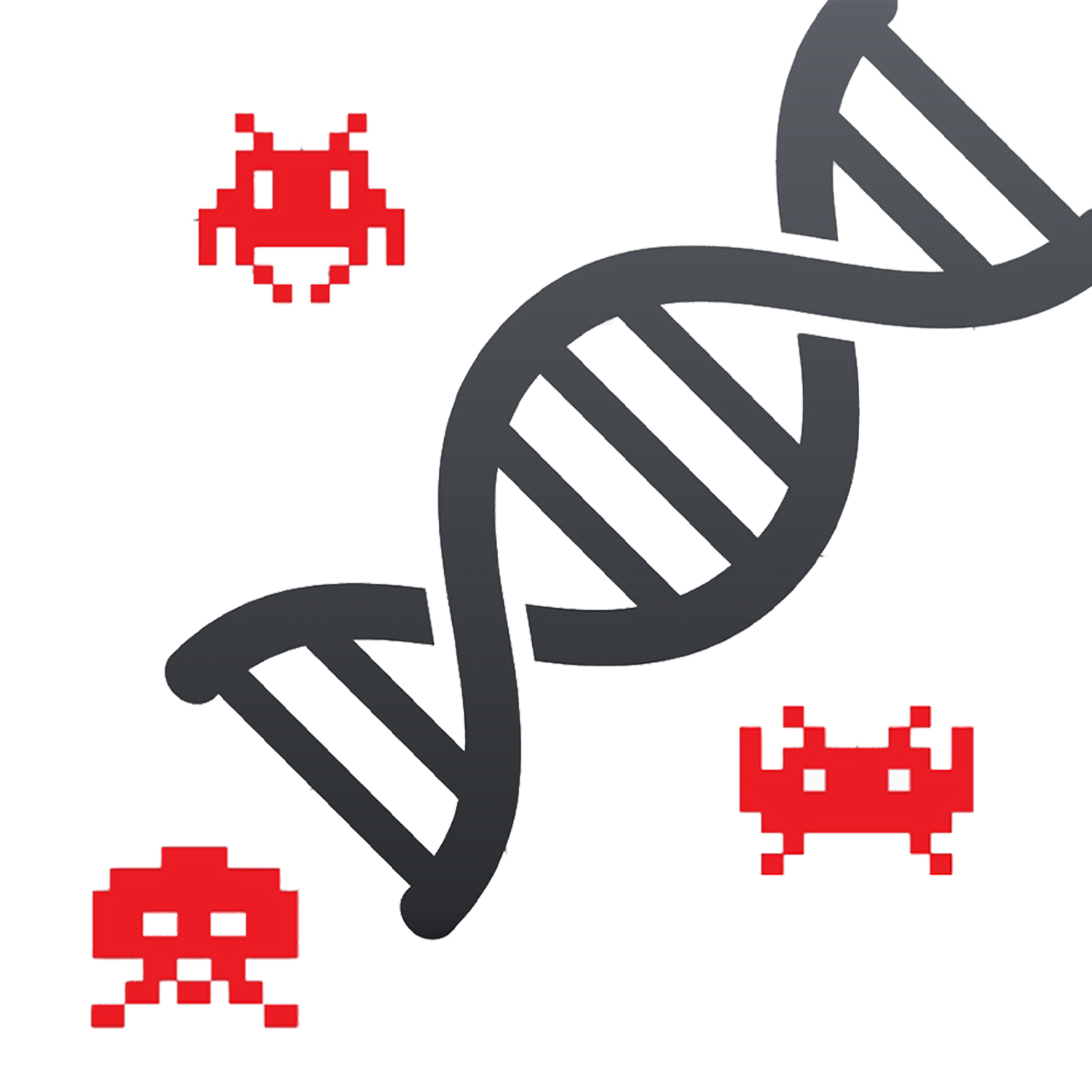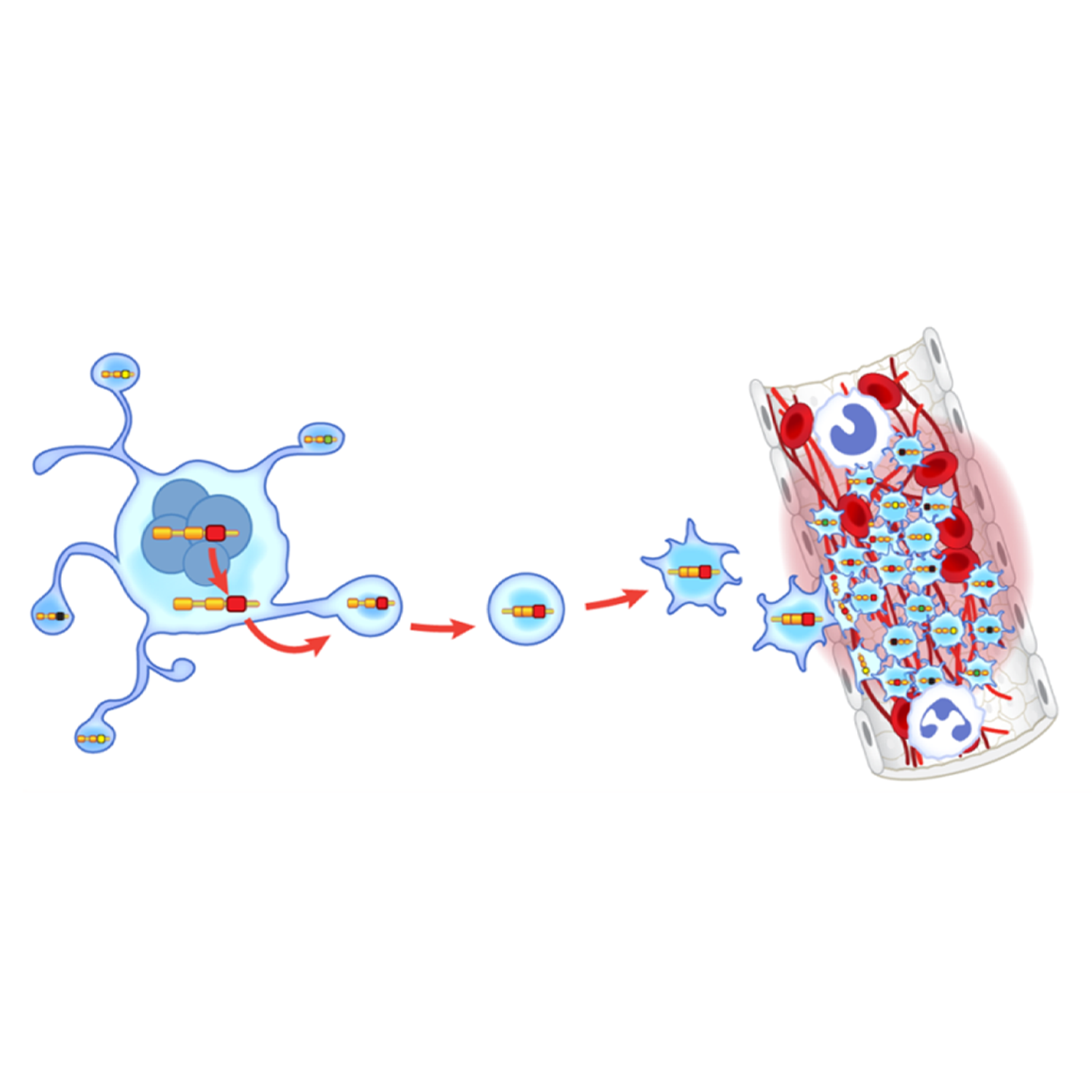PIONEERING THE FUTURE
Stories of Discovery & Innovation
at University of Utah Health

Power of the Immune System
February 14, 2022
Our immune system is tasked with protecting us from a vast array of potential threats, from infectious bacteria to cancer cells. An elaborate network of cells works together to detect and defend against these invaders, drawing on a diverse set of tools that researchers are still working to understand. As scientists at U of U Health explore how our immune system works, they are learning what it really takes to combat an ever-evolving set of pathogens, as well as furthering our understanding of inflammatory processes that contribute to diseases like cancer and diabetes.
To respond swiftly to potential threats, the cells of the immune system must be in constant communication. They use dozens of molecular signals to summon one another and coordinate their activity, as well as to dampen immune activity and keep inflammation in check when it is not needed.
Research from pathology professor Ryan O’Connell, PhD, has shown that small bits of regulatory RNA known as microRNAs have a significant influence over immune processes. These regulatory molecules not only impact gene activity in the cells where they are made, they can be exported in vesicles and taken up by nearby cells to impact immune activity more broadly. One microRNA identified in his lab promotes inflammation, and O’Connell has found evidence linking it to both promoting neuroinflammation, leukemia, and immunity against melanoma. Another has an anti-inflammatory effect and may protect against chronic inflammation and metabolic disorders. Both yield insights into novel ways to control disease.
Learn more about this discovery.


Pathogens and immune systems have been in conflict for millions of years, and their battles have helped shape the course of evolution. Bits of viral DNA scattered throughout the human genome are evidence of infections that our ancestors battled long ago—but human genetics professor Nels Elde, Ph.D., has found that they are also critical to the way our bodies respond to infection today.
Elde noticed that many of the virus-derived sequences in the genome lie near genes involved in immunity. When he took a closer look, he discovered that the innate immune system, our first-line defense against pathogens, has come to rely on some of those bits of viral code to fight off modern infections. “The evolutionary process turned the tables to our benefit,” he says. The viral sequences Elde studied act as switches that activate genes that control an early response to infection. Without them, the innate immune system might fail to fully activate when most needed.
Learn more about this discovery.


Platelets—colorless, clot-forming blood cells—were once thought of as tiny sacs of glue with just one purpose: stopping the flow of blood from injured blood vessels. This idea was buoyed by the fact that, unlike most human cells, platelets lack a nucleus, which typically houses the mRNA template for building proteins that perform work in cells. University of Utah Vice President for Research Andrew Weyrich, Ph.D., changed scientists’ view of platelets and established them as important regulators of disease.
Weyrich and his colleagues discovered that, surprisingly, platelets carry all the equipment they need to generate a versatile set of proteins. In fact, platelets synthesize factors that regulate inflammation and guide the course of numerous diseases, including cardiovascular conditions and diabetes. Their findings could provide a basis for new interventions against inflammation and disease.
Learn more about this discovery.


Pioneering the Future: Stories of Discovery & Innovation at University of Utah Health
Special thanks to Wes Sundquist and Alfred Cheung for their dedicated work compiling research discoveries.
Written by: Jennifer Michalowski
Editing by: Julie Kiefer
Layout and Design by: Kyle Wheeler
Production Supervision: Abby Rooney, Julie Kiefer, Kyle Wheeler
Supported by: Will Dere, Chris Hill, Amy Tanner




